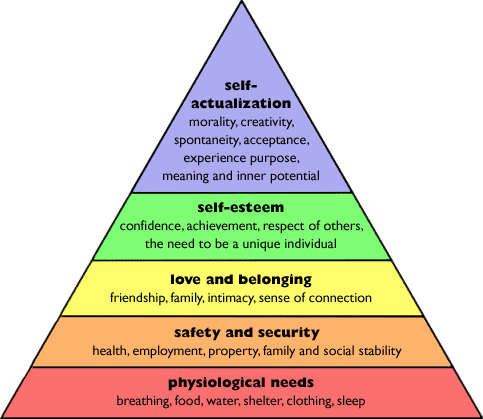 The life of a dancer has often been compared to the life of a gypsy with fluctuating work, travel, times of financial abundance and periods of financial shortage. For many, the lifestyle can be overwhelming due to the lack of financial consistency that a regular paycheck brings. The extremes in circumstances can also bring both a thrill and freedom from living in the moment; yet, also the despondency of not knowing where the next job will come from. It is during these lows that it is easy to feel like we have no control over our circumstances and care needs to be taken to not fall in a heap.
The life of a dancer has often been compared to the life of a gypsy with fluctuating work, travel, times of financial abundance and periods of financial shortage. For many, the lifestyle can be overwhelming due to the lack of financial consistency that a regular paycheck brings. The extremes in circumstances can also bring both a thrill and freedom from living in the moment; yet, also the despondency of not knowing where the next job will come from. It is during these lows that it is easy to feel like we have no control over our circumstances and care needs to be taken to not fall in a heap.
If you want to be successful in your dance life, then you also need to understand how to create the structures for yourself in order to become successful. This goes beyond mere physical ability.
The model below was developed by a famous psychologist, Abraham Maslow, called “Hierarchy of Needs”. It is important for dancers as they mature to view their life in the dance world in a practical sense by becoming aware of your personal needs and learning how to fulfil them. This model explains the fundamental levels in attaining self – actualisation. Self actualisation is an ideal state of existence where we are living our fullest potential, feel fulfilled inside and thrive in our lives. It shows the different levels of need that we have to satisfy to enable us to be fulfilled within our selves and in our life.
Maslow’s Hierarchy of needs
Deficit Needs
1. Physiological needs. This level includes our basic needs for sustenance such as food, water, and oxygen, the need to keep a balance of activity, sleep and rest. It encompasses your survival needs.
2. Safety needs. When all the physiological needs are met, the level of needs is safety and security. This consists of the need to create ordered security, safe circumstances and protection. Here we are finding solutions to anxiety and fears.
3. Belonging needs. Once the previous two levels have reached a sense of fulfillment, one begins to seek the need to feel emotionally connected. This is when one seeks out friendship, similarities, and relationships and create a belonging within a community.
4. The esteem needs. There are two levels within this layer. One Maslow considered a lower level was; the external need for respect and approval, attention and appreciation from others through empowering ones status, reputation, dignity, and even fame. The higher form is the internal need for self-acceptance through self- respect, self-confidence, abilities, skills and the mastery of these.
Being Needs
5. Self – Actualisation. This involves the continuous desire to fulfill potentials, to be the best version of you. – Hence the term, self-actualisation. In order to be self-actualised, you need to have your lower needs taken care of, at least to a considerable extent. This makes sense: If you are hungry, you are scrambling to get food. If you are unsafe, you have to be continuously on guard. If you are isolated and unloved, you have to satisfy that need. When lower needs are unfulfilled you can’t fully dedicate yourself to satisfying your potentials.
As you can see the fantasy of becoming a “professional dancer” is also perfectly balanced with the practicalities of life and personal fulfillment that goes beyond your world of dance. So here are some questions to ask yourself when planning for your career:
• Do you want dance to be your primary source of income or a sideline hobby job?
• What actions can you take to get that dream job?
• Are you primarily a dancer, teacher or choreographer? Do you want to create work in all three areas of dance?
• Are you willing to save your money to help you in between jobs?
• Are you willing to get a temporary job in between dance gigs?
© Copyright Kate Histon 2010 on behalf of Dance Life Australia. To copy or distribute any part of this article you must first seek permission by the author Kate Histon www.katehiston.com
* Photo of Kate Histon courtesy of http://livingdoll.net.au/













